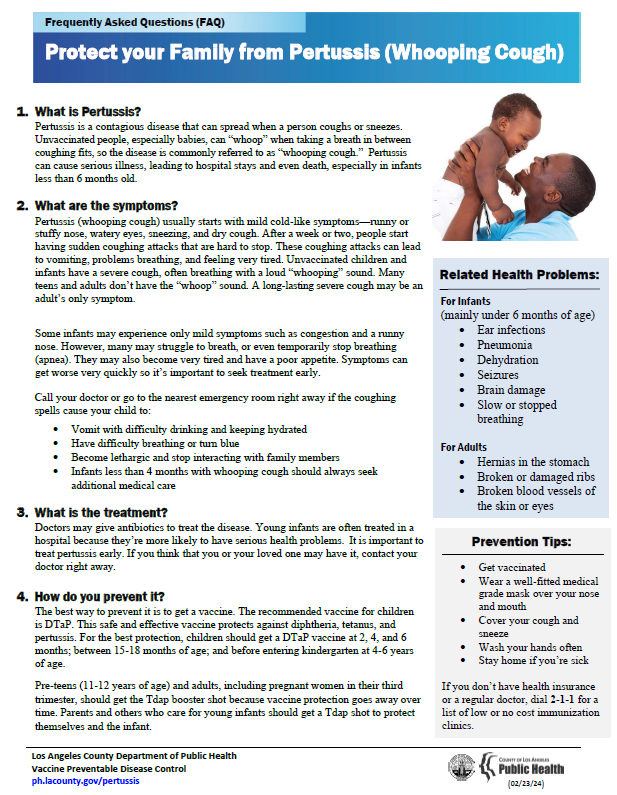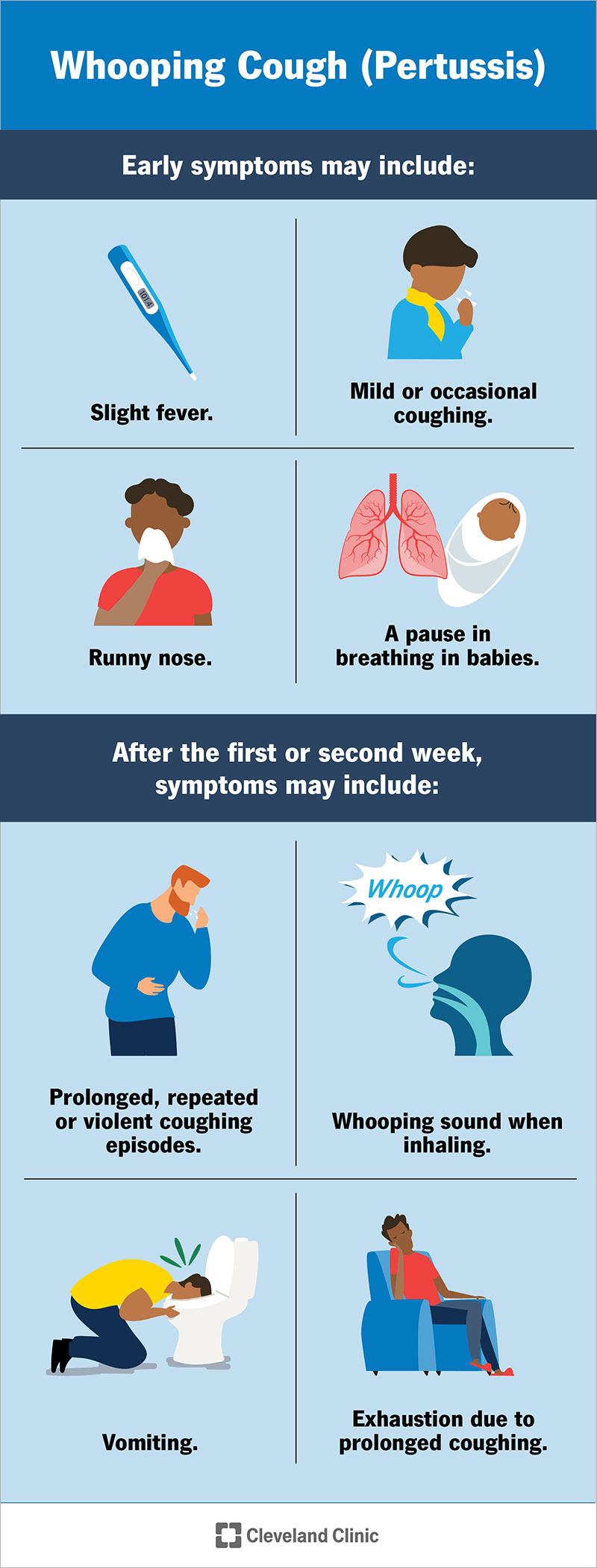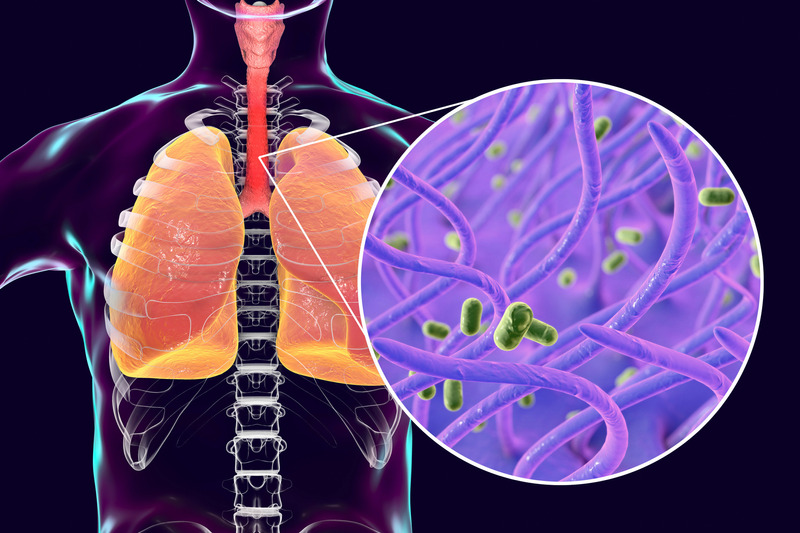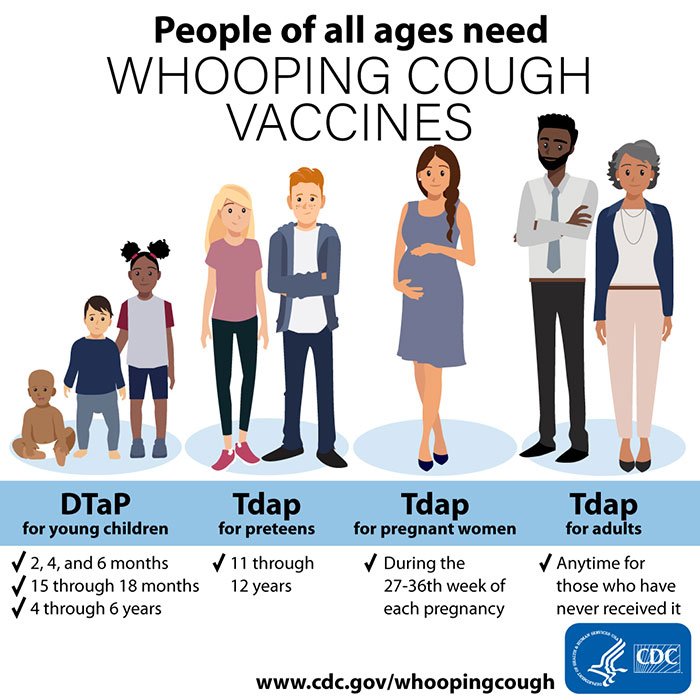Public Health Home
Vaccine Preventable Disease Control
County of Los Angeles
Department of Public Health
Vaccine Preventable Disease Control Program
3530 Wilshire Blvd. Suite 700
Los Angeles, CA 90010
Phone: (213) 351-7800
Email: ip@ph.lacounty.gov







